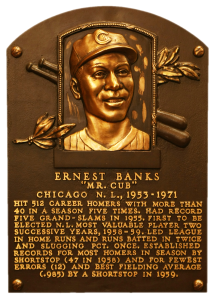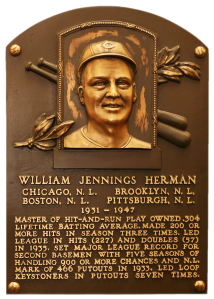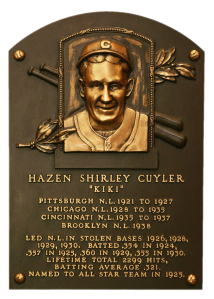
Year Inducted: 1939 (Veterans Committee)
Score: 33138
Record keeping has always been the lifeblood of baseball statistics. This was, of course, insanely difficult in the era before computers and electronic databases. In the pre-1900’s era, every team had their own scorekeeper, and there weren’t any overseers from the league. As such, many errors were made that for a long time were passed down from generation to generation. Along with that, with baseball in its infancy, rules and stats were constantly in a state of flux. For example, there was at least one season where walks were counted as hits. Many historians have gone back and modified the stats for those old time players, but controversy remains. Some sites will use the old totals, some will use some of the corrections, some use all of the corrections and it can get confusing for studies such as this. The player that suffers the most from this is Cap Anson.








